For a select group of thrill seekers, ascending Mount Everest’s summit is their most significant accomplishment. The highest mountain above sea level is located in the Himalayas and can be defeated with months of intense training, expensive gear, and a knowledgeable guide.
However, many who get the opportunity say that the trip is sullied by the sheer amount of garbage and waste left over by the 800 people who attempt to climb Everest. One mountaineer is calling out the mountain climbing community for their harmful habits.
One Redditor Shares His Story
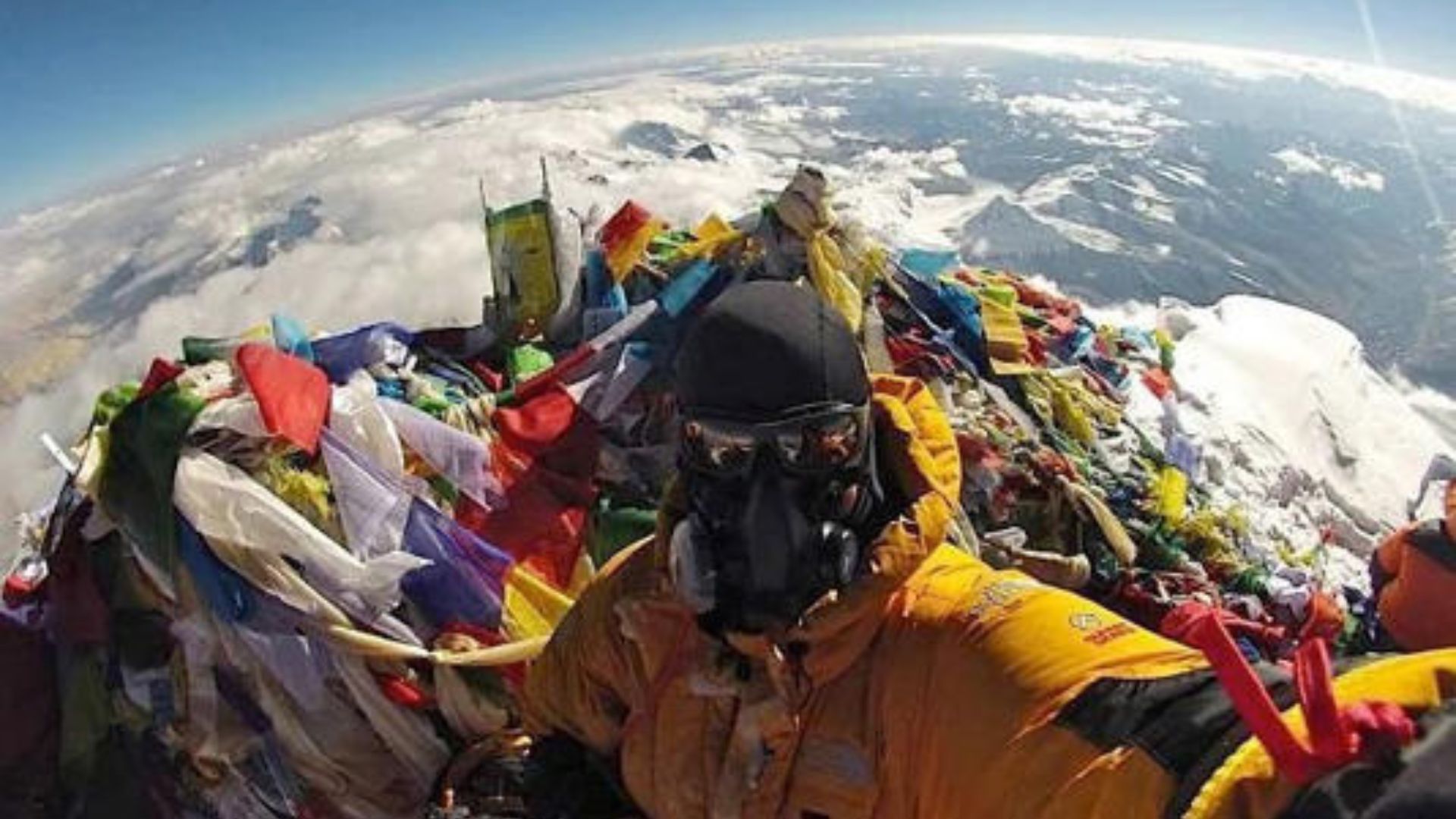
One Redditor who undertook the intense pilgrimage to the summit of Mount Everest shared a selfie taken at the summit with the caption: “Ever Wonder What The Top Of Everest Looks Like?”
Although the fisheye photo makes the Earth look minuscule in comparison, commenters couldn’t help but notice the massive piles of trash in the background.
Waste on the Mountain Is a Common Problem
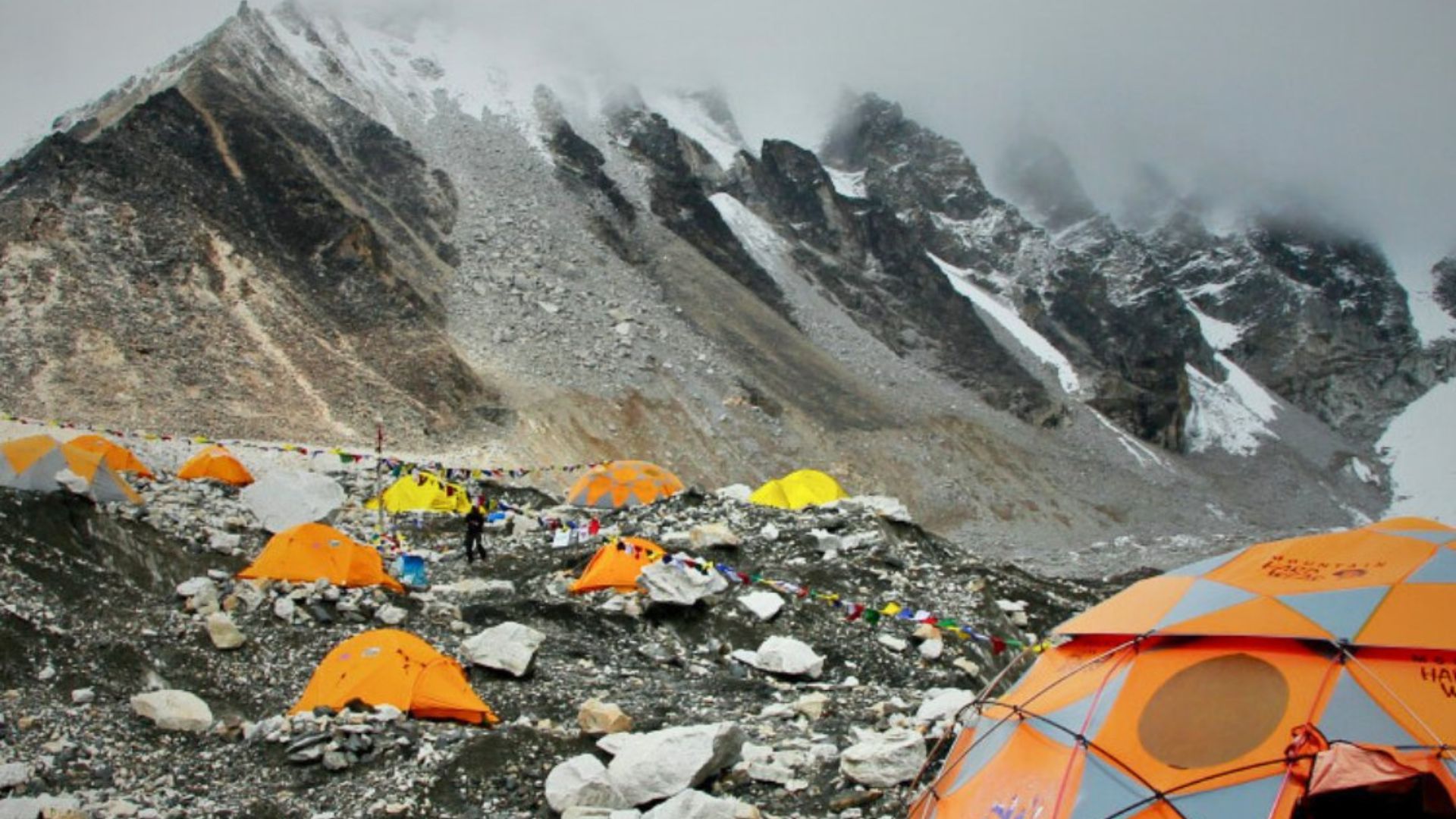
Climbers leaving waste on the top of the mountain and at base camps is more of a common problem than people realize. To summit the mountain, a person needs tens of thousands of dollars worth of gear, including multiple oxygen tanks, food, water, special clothing, goggles, multiple jackets, sub-zero gloves, socks, and sleeping bags, on top of many hiking tools.
Once a person hits the summit of the mountain, they usually need to breathe in oxygen from a tank due to the high altitude. At this height, many climbers choose to shed layers and leave behind expensive gear to lighten the load. However, they seem to leave their trash at the top instead of trekking the waste back down.
Rules Implemented to Change the Culture
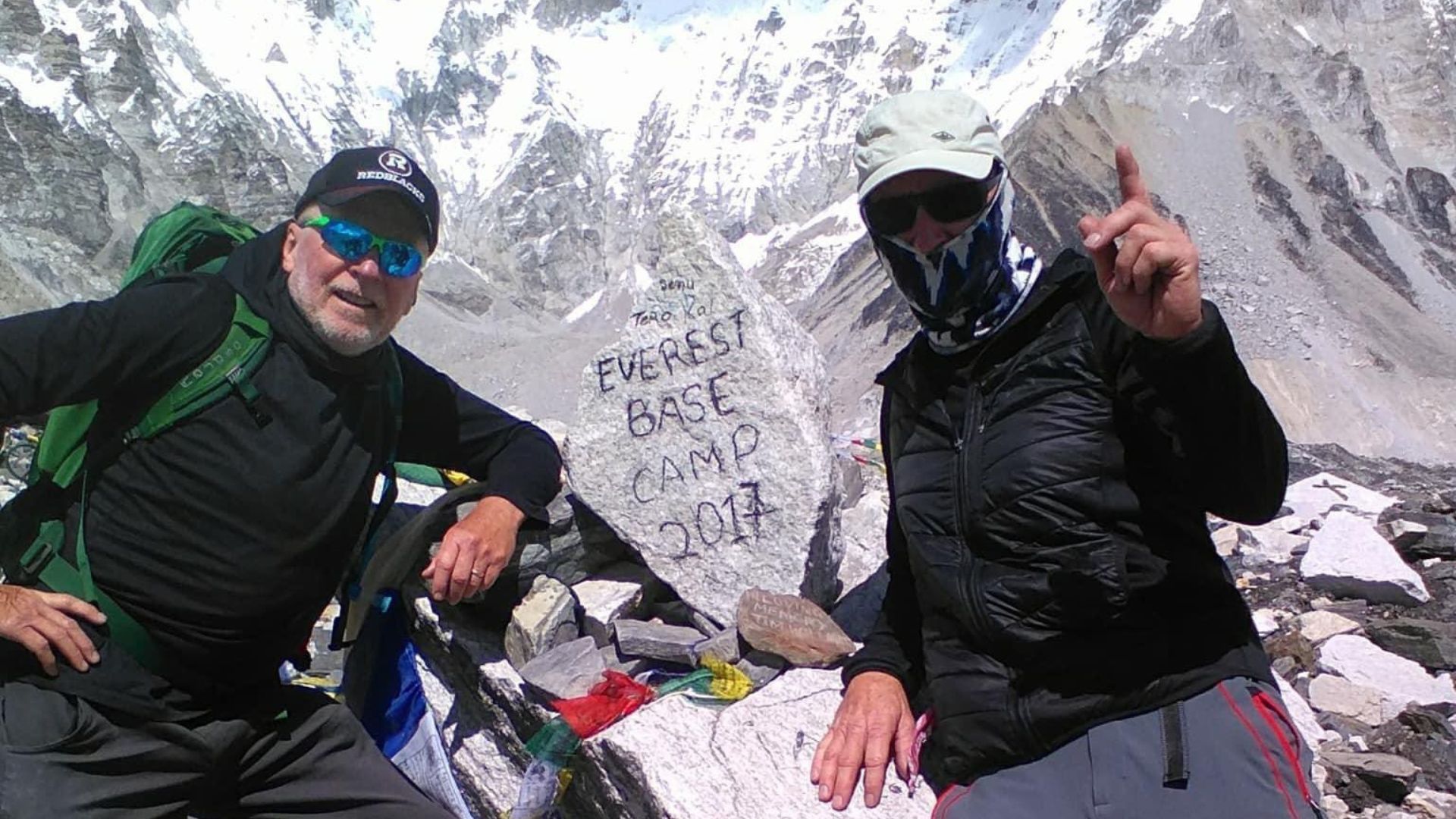
The International Climbing and Mountaineering Federation (UIAA) attempted to create a new rule to solve the massive trash issue on the spectacular peak.
In 2014, the federation ruled that “all climbers scaling Mount Everest will have to bring back 8 kilograms (17.6 pounds) of rubbish under rules designed to clean up the world’s highest peak.”
The Problem Isn’t Going Away
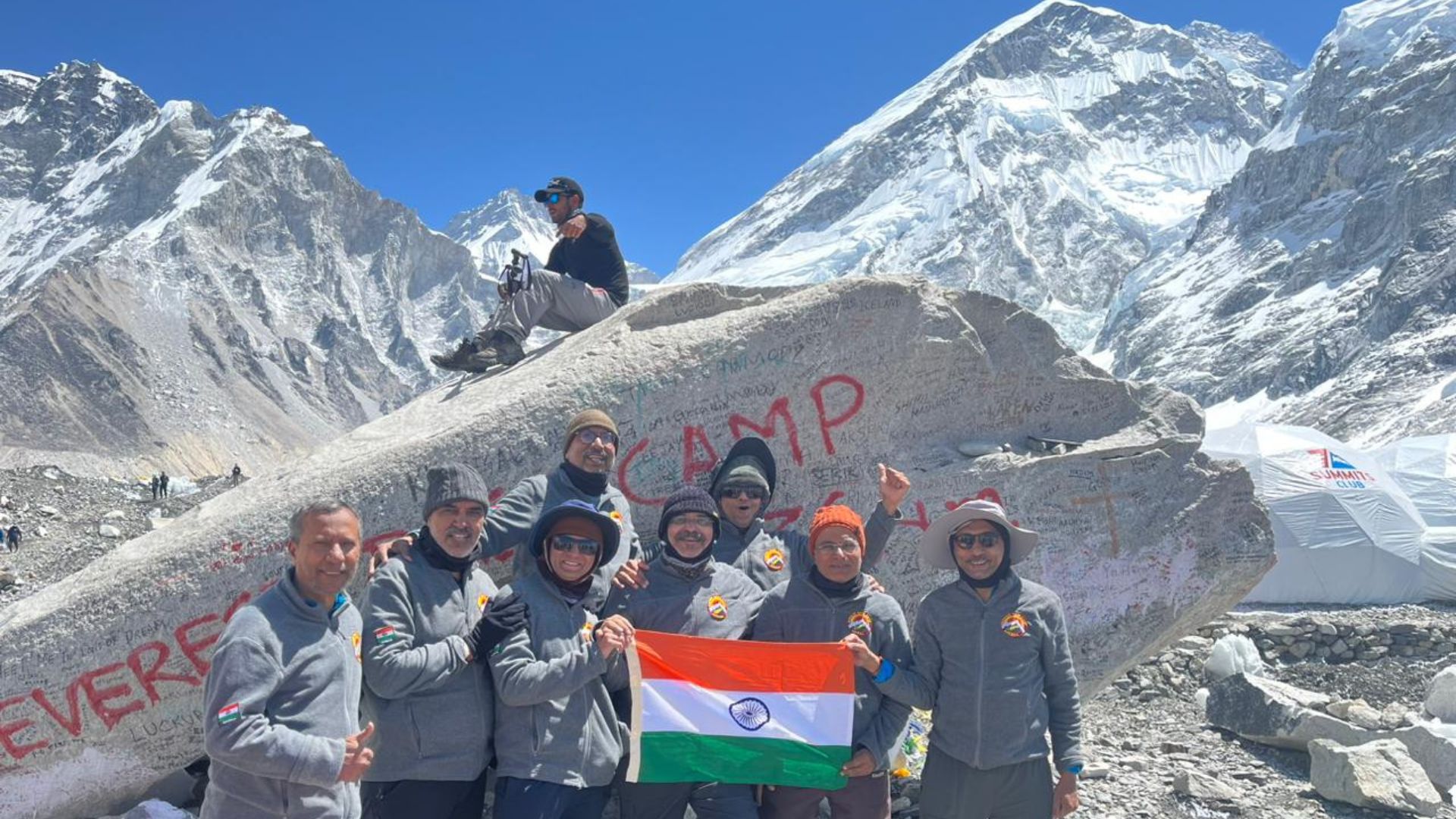
However, the rule which took effect almost a decade ago has yet to curb the litter problem.
Climbing Mount Everest has become more popular than ever. Last year, Nepal issued a record-breaking 463 permits to climbers hoping to plant their flag on the top of the dangerous hike.
The Effect on the Environment

On top of destroying the natural beauty of the environment, litter also harms humans, plant life, and vegetation.
For instance, microplastics have been found in snow samples on top of Mount Everest, creating a toxic environment for all living things.
Nonprofit Groups Working To Solve the Issue
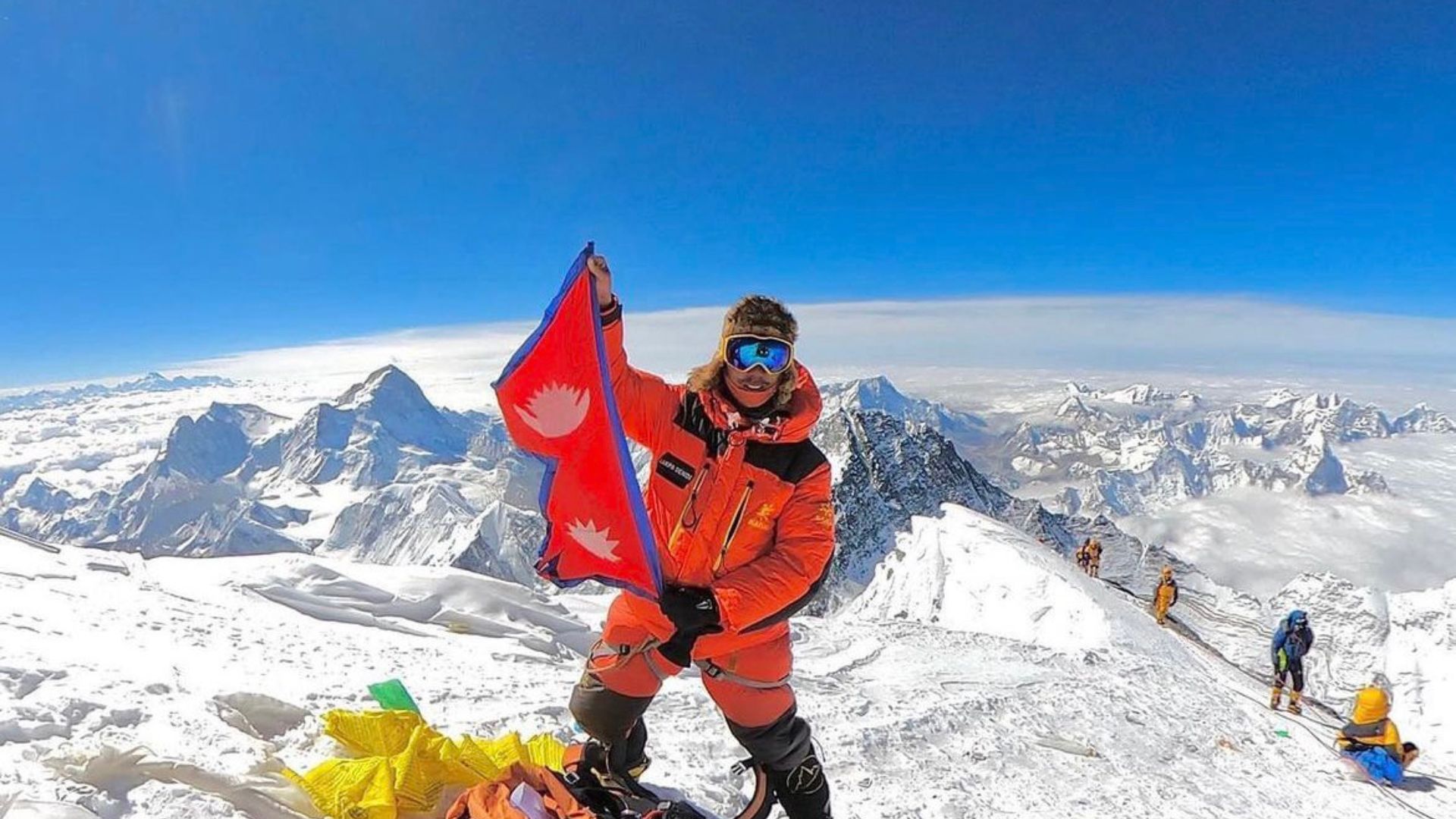
Thankfully, several non-profit and environmental groups are aware of the problem and have attempted to implement practices to reduce the waste left behind at the summit and base camps.
During the off-season, clean-up crews go up as high as they can, weather permitting, to bag up and haul out bags of trash. However, the summit can only be reached for a very short span each year, which makes it impossible for crews to get up high enough to remove all waste.
Many Commenters Were Unhappy About the Revelation
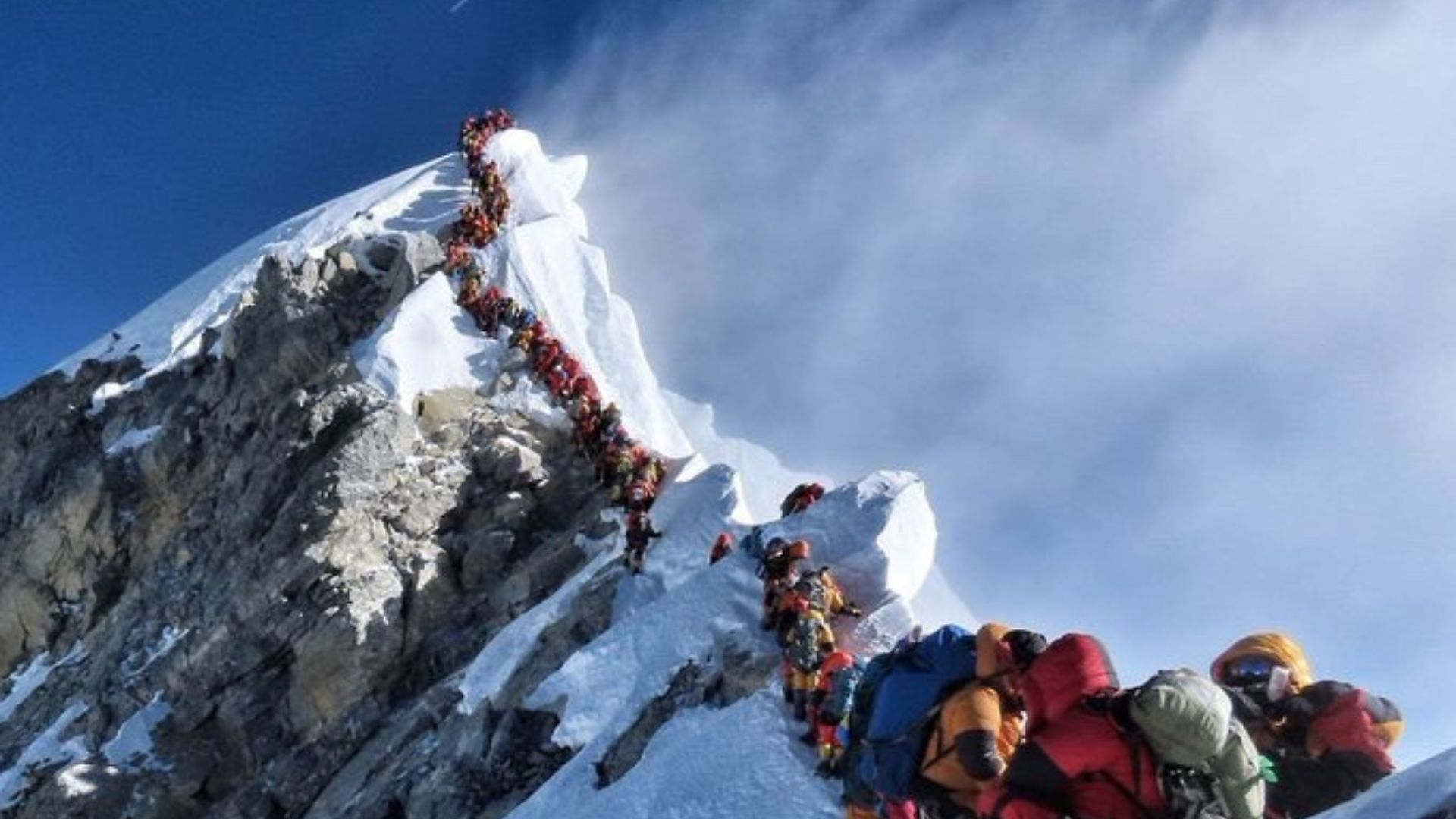
Many commenters on the original Reddit thread shared their disgust with the waste left behind on Everest.
One poignant comment states, “People have managed to turn the top of the world into a garbage bin.”
How Many People Reach the Summit?
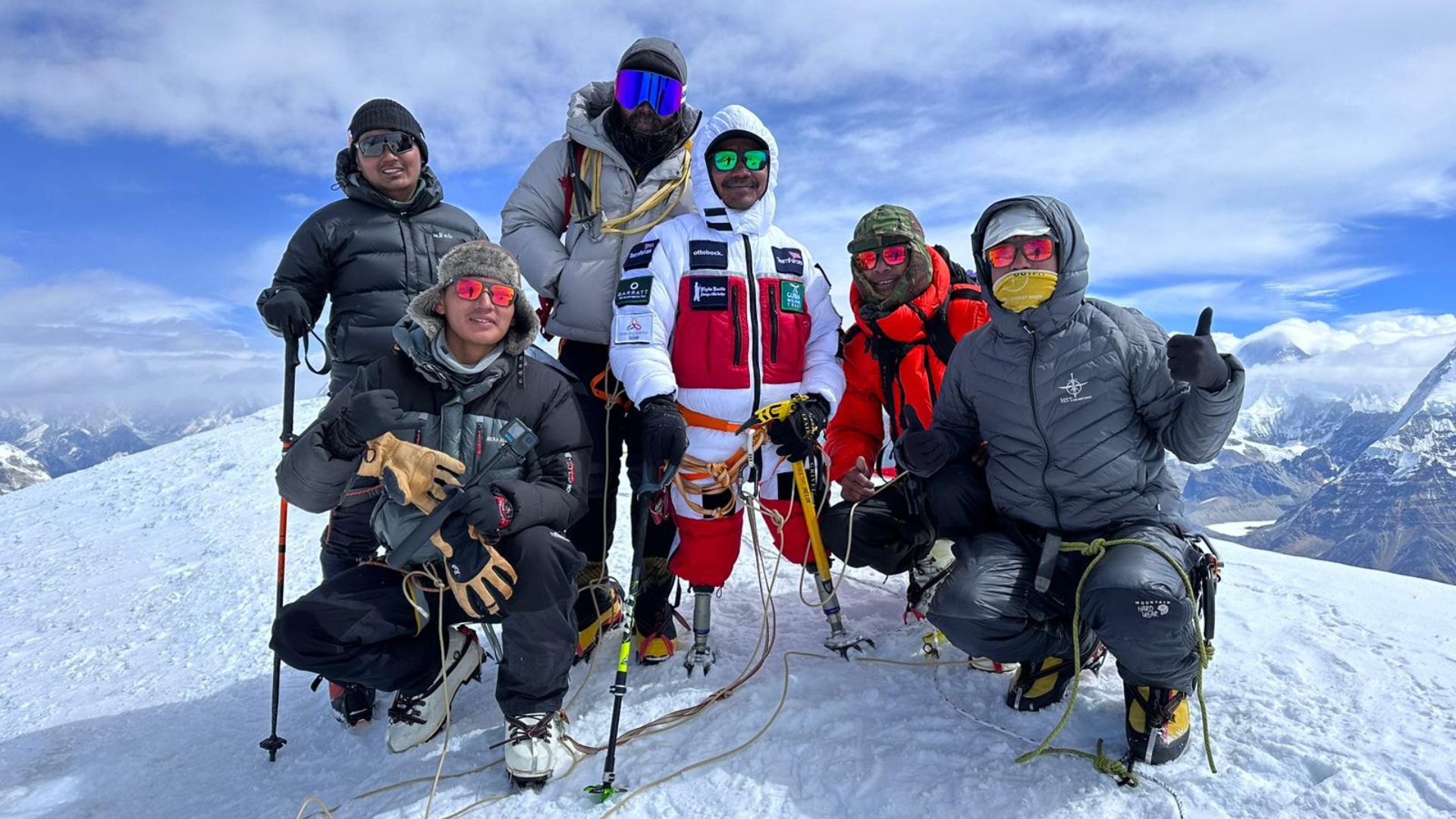
Just under 1,000 people attempt to climb Mt. Everest every year; however, the dangerous conditions and changing weather patterns often make it impossible for most of them to reach the summit.
With expensive gear, guides, sherpas, and the sheer will to complete the mission, around 500 people can touch the peak in a few days of good visibility seen on the mountain.
Dead Bodies Are Piling Up
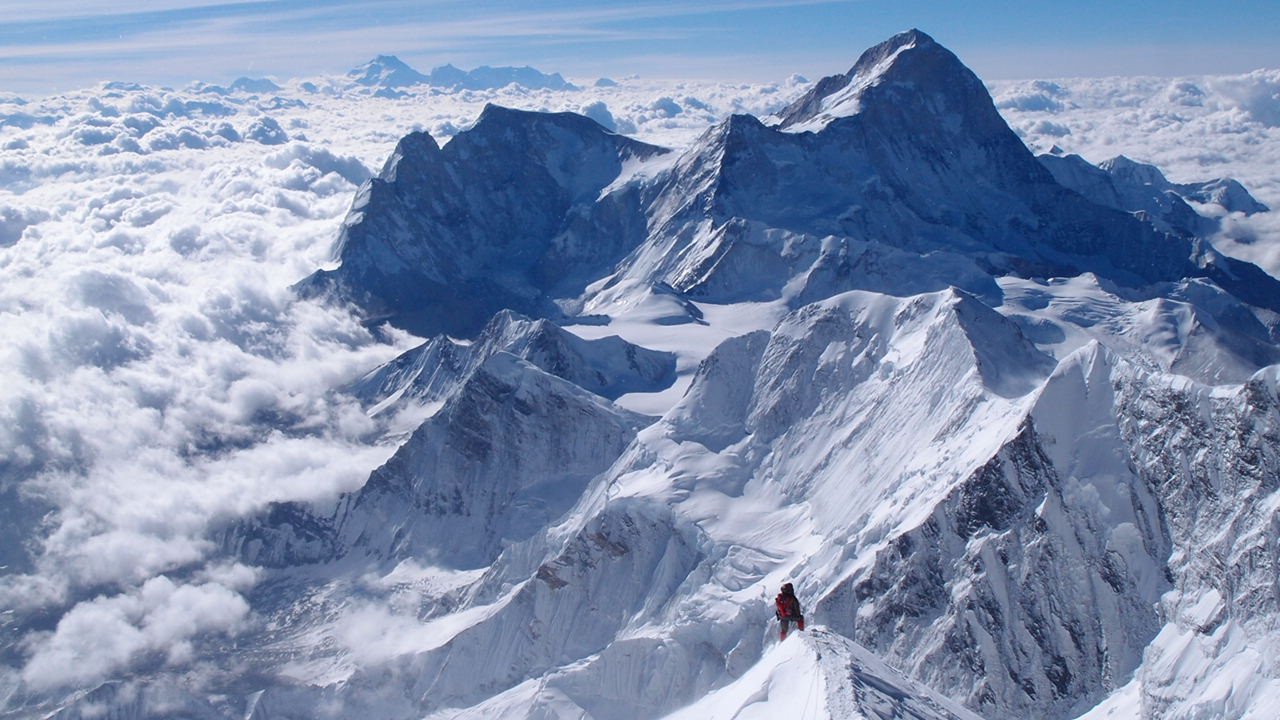
No one really knows the true number, but many officials estimate that around 200 dead bodies currently sit on Everest.
Due to the mountains and snow coverage, helicopters and rescue teams can’t reach any of the bodies. When someone becomes lost, trapped, or dies on the mountain, it’s the standard to leave them there. In the time that people have been climbing the mountain, roughly 100 bodies have been removed; many of them are the Nepalese sherpas removed by the community and given a proper burial.
Can the Culture Be Changed?
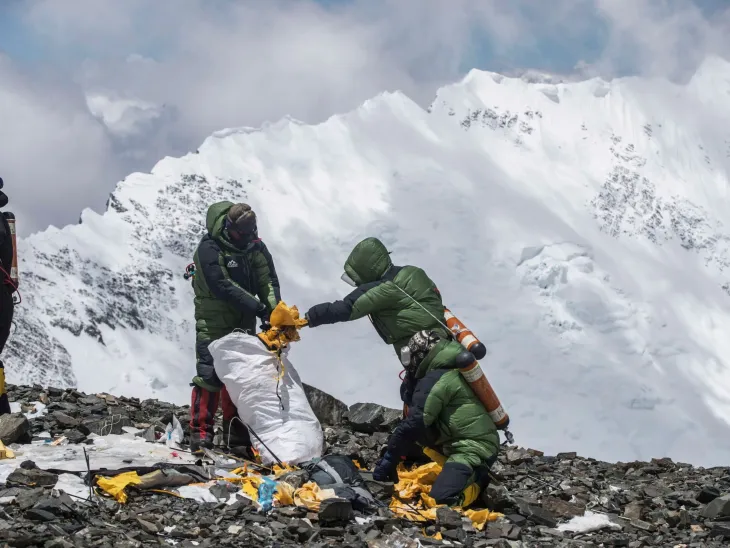
Many avid mountain climbers don’t think that Everest’s culture can be changed. Currently, each base camp sits filled with old tents, expensive hiking gear and garbage.
By now, it’s too much to ever remove and return to its natural splendour.
Questions of Western Privilege
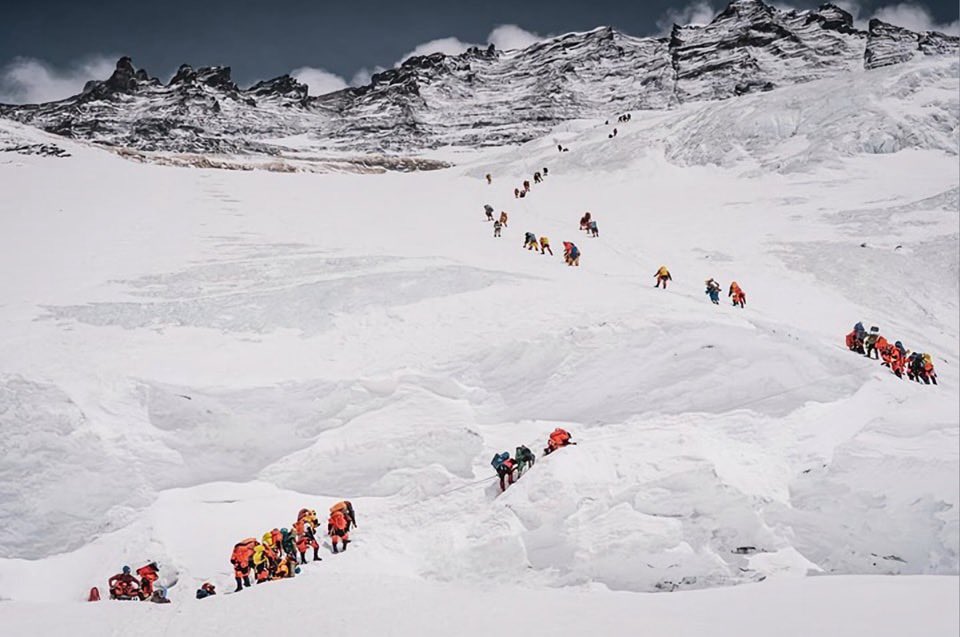
One of the issues many people point to is the common denominator of western mountaineers climbing the mountain, disregarding traditional Nepalese culture and life.
Every person who has ascended the peak has been escorted by a Nepalese sherpa; without the local community, climbing the mountain would be virtually impossible. Many critics of the situation have noted that most of the climbers leaving trash behind are from Western countries, who often use labour and resources from third-world countries for their own gain. For now, it’s up to each mountain climber to respect the culture and the mountain by keeping sherpas safe and taking extra bags of garbage off the mountain.








































